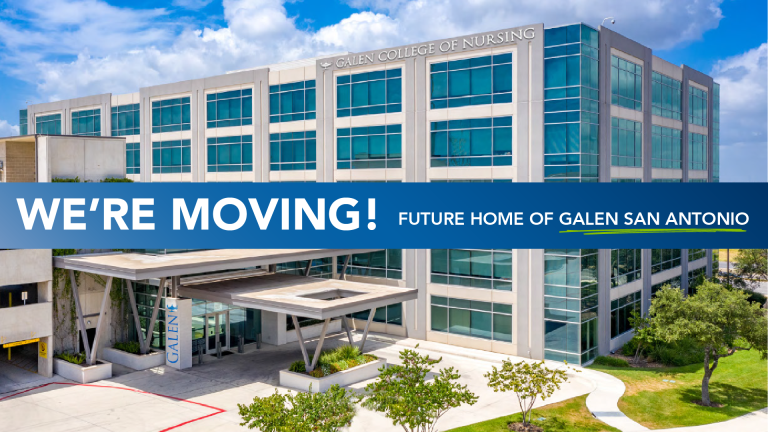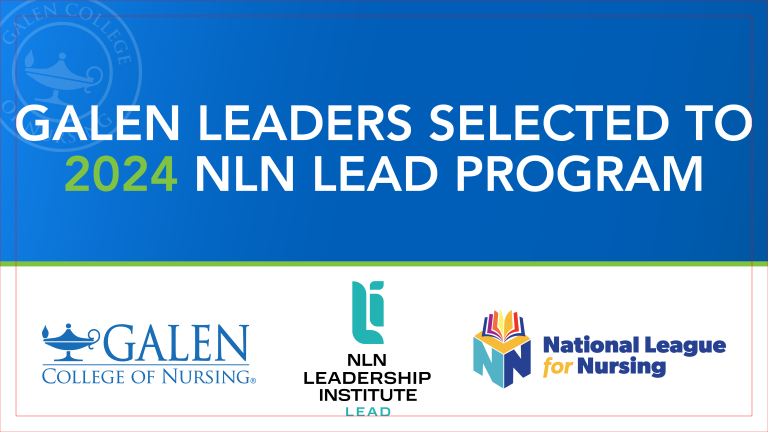What You Need to Know About Evidence-Based
Practice (EBP) and Information Literacy
If you’re already a nurse or nursing student, you may already know a little something about these two concepts. They are not only important to your success as a nursing student (or practitioner once you graduate), but also to your savvy as an engaged healthcare consumer and member of the community. Read more to discover their relationship, and how these concepts will play out interdependently throughout your nursing career.
Evidence-based practice (EBP)
First of all, there are several different competing models of implementation for EBP, each having its own set of numbered steps that can be followed to answer a clinical question such as, How do I best prevent pressure ulcers in a bed-ridden patient? While choosing a model for your personal or team use is important, our chief concern here is to understand the primary principles of the system itself, not to dive into a slew of EBP models that have been published at one time or another.
For simplicity’s sake, we’ll stick with the model outlined by Dr. Bernadette Melnyk in an outstanding series of articles published in the American Journal of Nursing called, Evidence-Based Practice: Step by Step. In the first article in this series, Dr. Melnyk defines EBP as a problem-solving approach to the delivery of health care that integrates the best evidence from well-designed studies and patient care data and combines it with patient preferences and values and nurse expertise It enables nursing care to be more individualized and dynamic. According to Dr. Melnyk, the steps to EBP are:
- Cultivate a spirit of inquiry.
- Ask clinical questions in PICOT format. Inquiries in this format take into account patient population of interest (P), intervention or area of interest (I), comparison intervention or group (C), outcome (O), and time (T).
- Search for the best evidence.
- Critically appraise the evidence.
- Â Integrate the evidence with clinical expertise and patient preferences and values.
- Evaluate the outcomes of the practice decisions or changes based on evidence.
- Disseminate EBP results.
Simply put, the essence of evidence-based practice is to ensure that the scientific component of a clinical decision is based on sound, robust, up-to-date research. This is peer-reviewed research which has been conducted as rigorously as possible and reviewed by a panel of subject experts. Preferably, there are several studies published on a given topic that is synthesized to yield a consensus.
Information Literacy
Information literacy is defined by the American Library Association as, a set of abilities requiring individuals to recognize when information is needed and have the ability to locate, evaluate, and use effectively the needed information. In short, it’s a vital skill set to possess in the pursuit of knowledge. You should know, though, that the Association of College & Research Libraries also publishes information literacy standards geared specifically toward nursing. These nursing-oriented standards declare that an information literate student or practitioner is able to:
- Determine the extent of information needed
- Access the needed information effectively and efficiently
- Evaluate the information and its sources critically
- Incorporate selected information into one’s knowledge base
- Use information effectively to accomplish a specific purpose
- Understand the economic, legal, and social issues surrounding the use of information, and access and use information ethically and legally
The Nexus
Now that we have a basic understanding of what the concepts of information literacy and evidence-based practice are individual, let’s think about their relationship. The research we need to access for EBP is primarily published in scholarly journals. Thirty years ago, these journals were print publications mailed to subscribers. A student would consult the index for all relevant articles, look up the location of the desired journal issues, and walk to them in the library stacks. Oftentimes, each article would then be photocopied and inserted in a binder for further work outside the library. To millennials or digital natives, this process probably seems ridiculously labor intensive. Even for those of us who may have actually used this old system at some point, reflecting on it in the light of contemporary practices shows us just how far we’ve come. Thankfully, digitization and computer networking have brought the stacks to our desks. Although subject headings are still assigned to every journal article, the indexes are now digital, and the full text of the articles is linked from the index. We call these electronic resources databases.
What does this mean for you?
Galen invests heavily in subscriptions to an excellent collection of databases for students and faculty which includes CINAHL, MEDLINE, ScienceDirect, Nursing@Ovid, Nursing Reference Center, and Academic Search Elite. You can get to these from the library home page here, or if you’re off campus, from inside Canvas under the Library & Resources link on the home page. There are also free resources that can help, such as Google Scholar and PubMed. Choosing which database is right for your project, knowing how to use it, and getting what you need from the research you collect is the essence of information literacy.
The bodies of knowledge of information literacy and evidence-based practice are inextricably linked. To a nurse, one is no good without the other. You can find contact information for your local campus librarian and an online help request form on the Galen libraries home page. Call us, email us, or stop by for in-person assistance as you continue on your journey toward becoming a great nurse.
RELATED ARTICLES: Balancing Act: Realistic Time Management Strategies for Busy Nursing Students.





